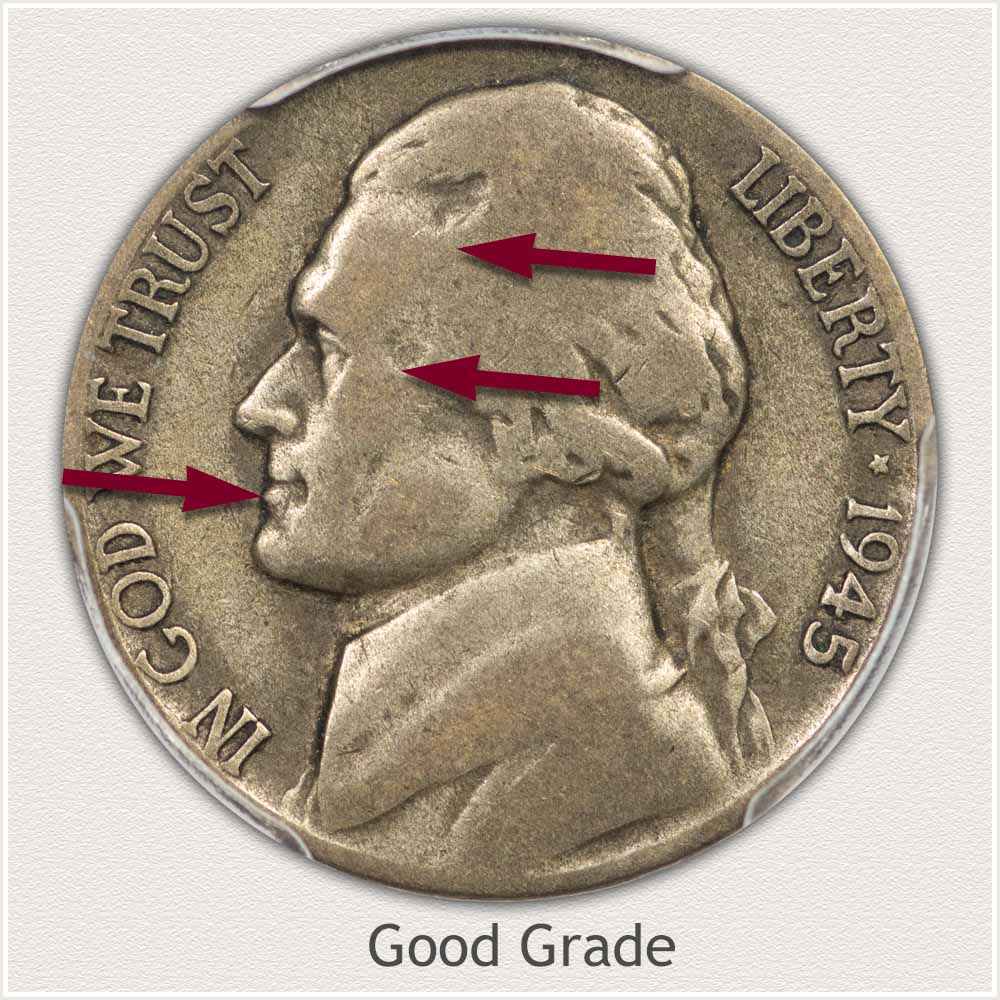

The top of a coin was sliced off and hinged. The idea of making a coin into a watch sounds pretty bling, but the way these marques carried it out, the concept was rather subtle. presidents during the zenith of American power in the second half of the 20th century: as well as Reagan, it was worn by LBJ, Richard Nixon, Jimmy Carter, George Bush Senior and Bill Clinton, while its place in popular culture was assured when Andy Warhol acquired one for his collection. The coin watch is probably my favourite Corum, not least because it seems to have been a vital part of the equipment of U.S. Whatever the Valentine Brothers and later Simply Red had to say about Reaganomics in the hit “Money’s Too Tight (to Mention)”, it was clearly working for Ronnie.

The watch was coin-thin for the simple reason that it was a coin: a gold 20-dollar coin watch by Corum. The Gipper looked purposeful with his arms folded across his chest, displaying a coin-thin gold watch on a gold bracelet.

In the first year of his presidency, Ronald Reagan and his raven-black hair appeared on the cover of Time magazine with the bold headline “Reaganomics: Making It Work”. I say “these days” because, back in the early 1980s, Corum made a promising start as the preferred timekeeping partner of Reaganomics. However, these days there is a distinct shortage of horological brand affinity partnerships with economic movements. Moser) cars (take your pick) and even cigars (Hublot and Opus X and Zenith and Cohiba). Sporting events have long been linked to timepieces (Rolex with Wimbledon and Formula One, for example) as have popular music ensembles (the Rolling Stones and Zenith, Tears for Fears and Hublot) performing artists ( Bryan Ferry and H. Having a high-profile horological partner is part of what it is to exist in today’s brand-aware world.


 0 kommentar(er)
0 kommentar(er)
